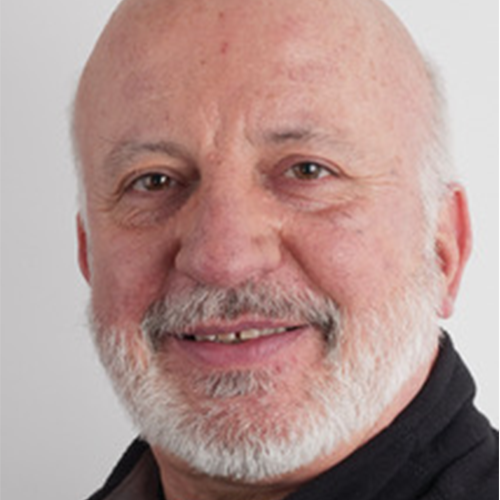How to overcome your shyness to speak in public?

Shyness is manifested by an avoidance of situations that cause stress, even anxiety in contact with others. Public speaking is one of the most common challenges for the shy person. As in all avoidance strategies, the shy person will therefore avoid putting themselves “in danger”. As a result, she will stay in her comfort zone and this will not allow her to learn to expose herself.
The shy person often has an inner dialogue with a “permanent judge” who says things like, “You’re not good enough”, “You can’t do it”, or “What you’re saying is not good enough”. not interesting” or “others will reject you or not accept you”, and for the younger ones “you will take a wind”, “you are ridiculous”.
To pass this obstacle, one of the most effective methods is to train for the obstacle in a gradual way. As with phobia in general, this method can be simulated by Virtual Reality Exposure Therapy (TERV). Indeed, it is counterproductive to set the bar too high from the start. You have to do it by habit. For this, it is necessary to set up a strategy with the therapist. This strategy can have several levels.
- Identify disturbing situations and rate the degree of fear on a scale of 1 to 10. (We start at 1 because 0 means you are dead). So 1 the lowest degree and 10 the highest degree.
- Exposure with the therapist to the situations identified in an increasing way on the scale. (For 20 to 30 minutes).
- Feedback from each experience and search for behaviors adapted to each situation. For example behaviors that allow immersion in the present moment or decentration.
- Repeat the exercise with these new behaviors and adapt them.
Example of daily exercises to bring yourself into the present moment:
- Mindfulness meditation: Body scan (30 min), sitting meditation (30 min), waterfall meditation (20 min), and mountain meditation (20 min). Free recordings are available on the internet.
- Breathing space (2-3 min) before starting: Observe your thoughts, your emotions, then your physical sensations and accept that they are there. Then observe your breathing (3 inhalations-exhalations), then imagine that you are breathing in your unpleasant physical sensations. Finally, observe the room in which you are with your 5 senses (VAKOG: Visual-Auditive-Kinesthetic-Olfactory-Gustatory) i.e. “What I see”, “What I hear”, “What I touch or the temperature of the air”, “The smells I smell, and the tastes in my mouth”. Then get into the bath.
- Facing an interlocutor: Observe the interlocutor’s tie, or the presence of hairs between the eyebrows, or hairs in the nose or ears of the interlocutor.
- Facing a room: Look for a look from a “nice” person on the left, in the centre of the room and on the right. Then go through the looks from one to the other, always the same ones (everyone will think you are looking at them).
- During an interview: Focus on your rhythm and rate of speech, think about your position: open your chest and put your shoulders back, stand up straight, breathe slowly. Pay attention to the contact with the ground in your shoes.
The general idea is to find one of these behaviors to have a decentration variable (internal or external) on which to focus your attention.
A good exercise is to use Chinese “health” balls (bao ding). You need balls in your size and learn to turn them in your hand without making noise (otherwise they ring) in one direction then in the other, alternately with the right hand and the left. Your attention is monopolized by this delicate operation, and the small inner voice of the “permanent judge”, which is there in timid people, is forced to be silent!
In this method the patient will gradually transform his mode of operation through exercises that the therapist gives him to practice during the sessions and between the sessions.
Total duration of the method: 1 to 3 months.



